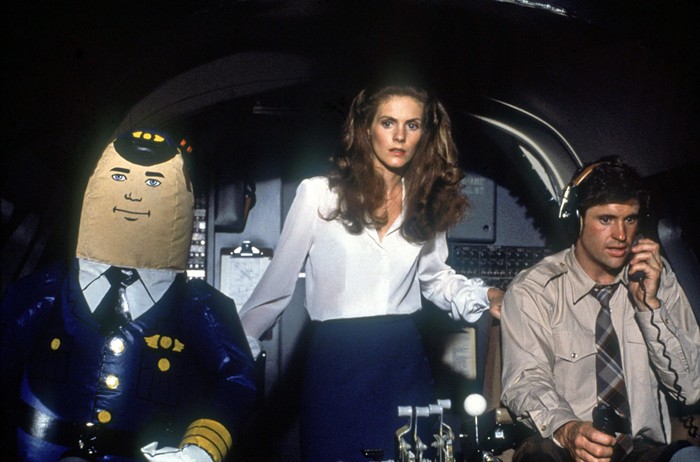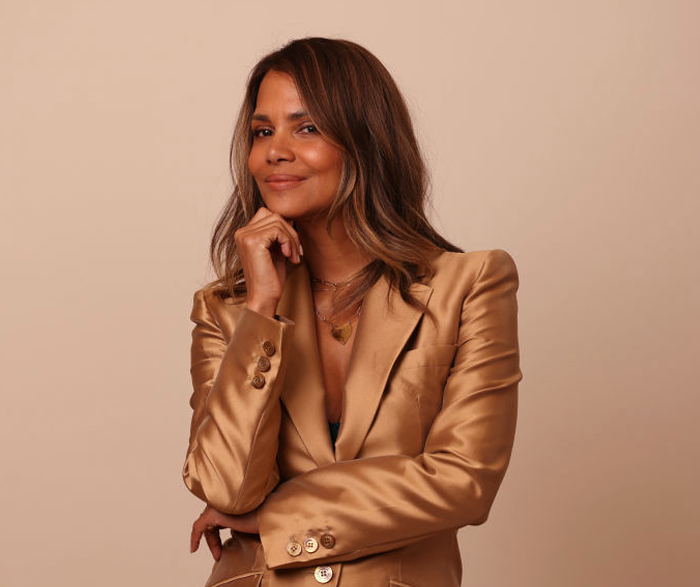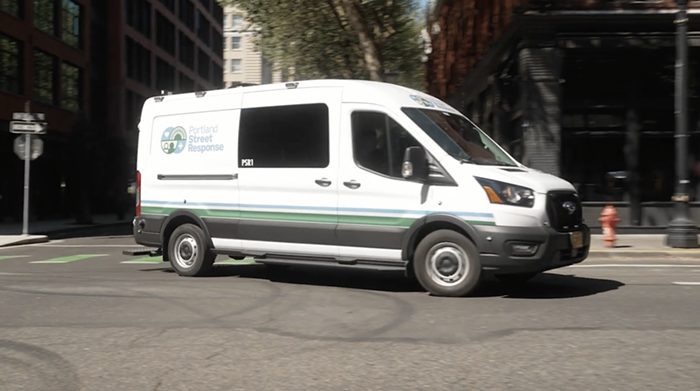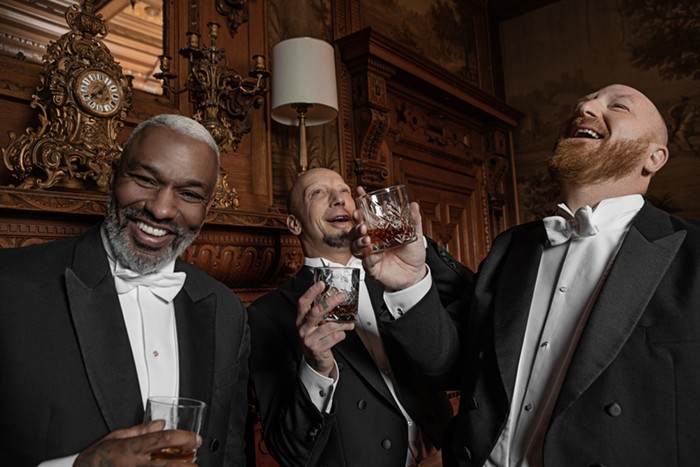“Lady Bird” is the name high school senior Christine McPherson (Saoirse Ronan) gives herself to signify rebellion against her family, her Catholic school, and her middle-class upbringing in Sacramento, “the Midwest of California.” And Lady Bird is full of typical teenager stuff: revolting against convention to forge your own identity.
But writer/director Greta Gerwig reworks the coming-of-age narrative with depth, nuance, and striking beauty. Throughout, Lady Bird clashes with her mother Marion (Laurie Metcalf), an overworked psychiatric nurse who’s struggling to support the family after her husband loses his job. Lady Bird has her eye on East Coast colleges, but Marion repeatedly emphasizes that they can’t afford them; the family’s money problems are captured in potent moments, as when Marion haggles at the grocery store checkout.
Few films attempt to validate the trials of teenage girls, but Gerwig handles the McPhersons’ financial distress and Lady Bird’s miniature revolutions with equal seriousness. Even more importantly, she shows how they can be interwoven—when Lady Bird’s parents find out that she jokes with friends about being from the “wrong side of the tracks,” you can feel their hearts sinking.
But there’s also humor and joy: Lady Bird asserts her independence by joining the priest-led drama club, experimenting with her sexuality, and jumping from a moving vehicle to prove a point. She and her best friend Jules (Beanie Feldstein) snack on unconsecrated communion wafers and, after a breakup, shout-sing along to Dave Matthews Band’s “Crash.” Lady Bird isn’t perfect, but that’s what makes her likeable.
And like its protaganist, Lady Bird can be jarring and intense—but that’s because of how visceral and relatable its conflicts are. Watching it is kind of like reopening your high school yearbook for the first time in years, wincing and smiling in equal measure. Gerwig’s directorial debut is sweet, tragic, and sentimental, which is exactly how a coming-of-age movie should be.


















